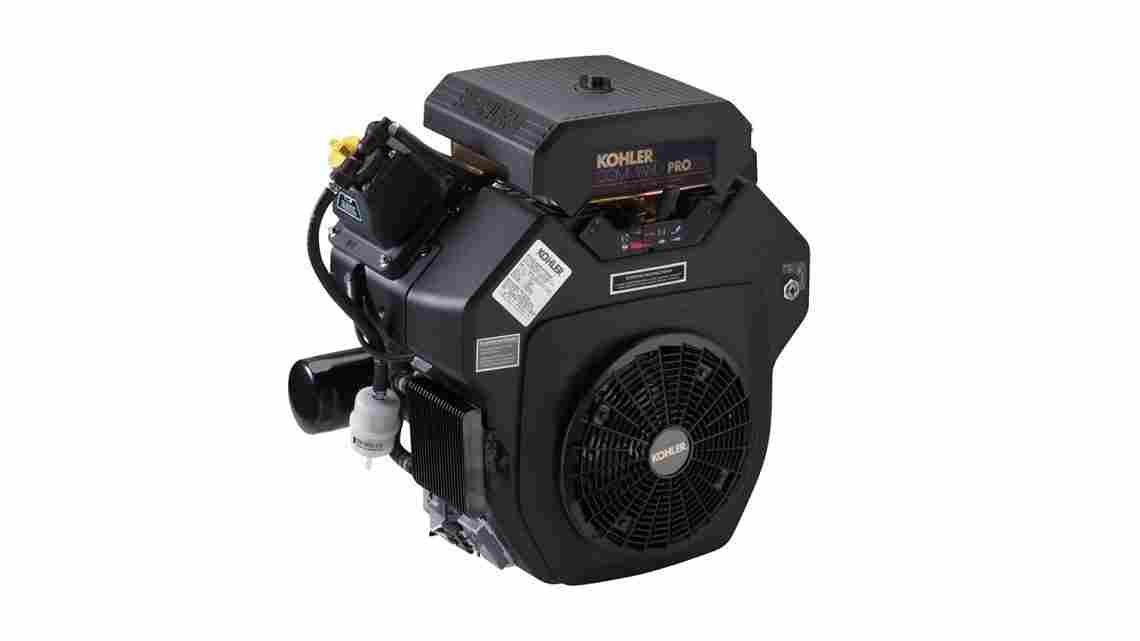The small gasoline engine is employed for a myriad of tasks on the farm. For the most part they are dutiful soldiers…that is if you can get them to run.
By far the most common complaint is either hard starting or not running at all, a frustration we have all experienced. This is how to keep a small engine starting easily:
Back to basics
Due to the nature of their size, these engines are very simplistic in design; a carburetor and if a pull-start is employed, a modern version of a magneto to produce spark.
Most issues are related to the carburetor, a component that is tasked with atomising the gasoline so that it will ignite.
Three things need to happen to gasoline before it can run an engine: Atomise (break into small particles), emulsify (mix with air), and vaporise (have a phase change from a liquid to a gaseous or rarefied state).
The carburetor is responsible for the first two steps while Mother Nature through heat does the last (latent heat of vaporisation).
If the carburetor does a poor job of atomising the fuel all of the other steps skew and the engine is hard starting or will not run. A good indicator of this a no-start and a wet spark plug. Once this happens the electricity uses the fuel for a path to ground instead of jumping the gap.
Maintenance is critical
Since the engines vibrate it is important to keep all fasteners that hold the carburetor together and to the intake manifold or cylinder snug.
Many designs use a rubber boot that connects the carburetor to the cylinder head and over time it gets hard and cracks. An early sign is difficult starting and an objection to idle.
When an induction system has an air leak between the carburetor and the cylinder, the signal becomes weakened or is completely lost. This describes the low pressure created by the piston to draw fuel through the carburetor. No signal, no fuel.
The carburetor needs to be washed with a carburetor spray and the air filter kept clean.
Keep in mind a tired engine with worn piston rings and valves will not allow a strong signal to be created and will be extremely hard starting with a pull-rope.
When faced with a problem, first check for spark and then pull the plug and examine it. If it is wet there is fuel but it is not being atomized properly. If it is dry then either a circuit is dirty in the carburetor or the ring seal is so poor in the cylinder that no signal is being created to pull fuel.
Many engines become hard starting and unusable due to a lack of oil changes when they were younger.
*Ray is a farmer in New Jersey, USA. He wants to use his knowledge and love of machinery to help farmers prosper. He says; I want your yield bump and business savvy reinvested to bring more value to the next harvest season and not consumed by avoidable equipment failures. For this reason, I have created the Farm Machinery Digest website and Idle Chatter podcast. It is a means for me to transfer knowledge to you about all aspects of the equipment that is employed in modern-production agriculture.


